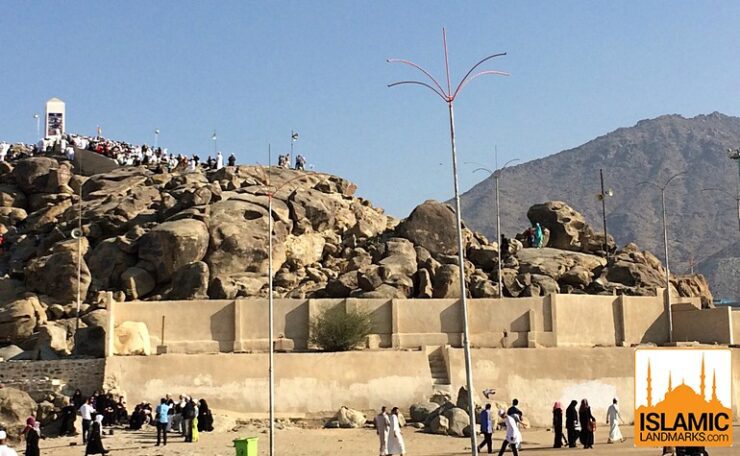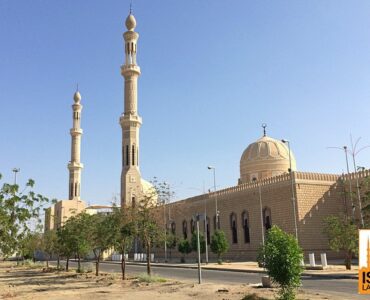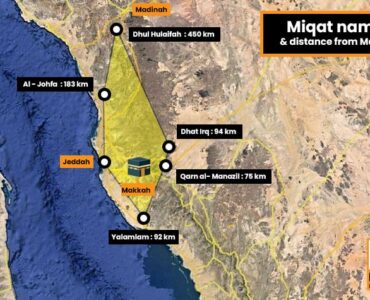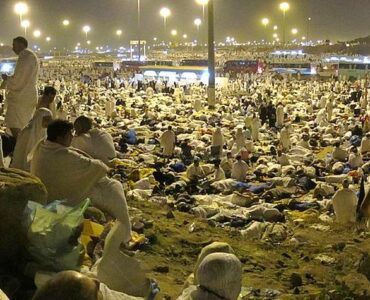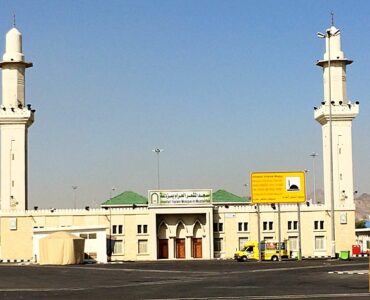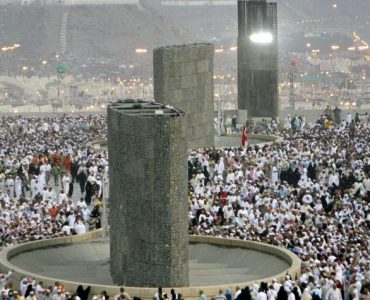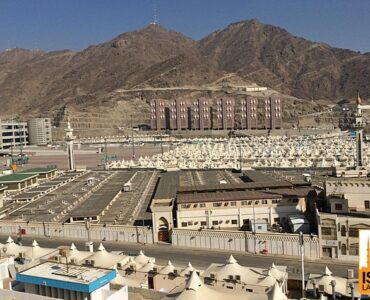This stone channel, at the food of Mount Arafat, are the remains of what used to be part of the Canal of Zubaidah. The canal was commissioned by the Abbasid queen Zubaidah bint Ja’far in the early 9th century to provide water for pilgrims. It is also known as the ‘Nehr Zubaidah’.
Who was Zubaidah?
- Zubaidah bint Ja’far ibn Mansur was the wife of the fifth Abbasid Caliph Harun ar-Rashid. She was extremely wealthy but was also known for her personal piety and humbleness. It’s said that her living quarters in her palace in Iraq sounded like a beehive due to the female reciters of the Quran she had employed.
- Zubaidah devoted her life in humanitarian work but her greatest accomplishment was improving the 900 mile pilgrim route that connected Kufa to Makkah and Madinah. This became known as the ‘Darb-e-Zubaidah’.
The instigation of the Canal of Zubaidah
- In the year 809 CE (193 AH), Zubaidah went on her fifth Hajj. That year there had been a drought in Makkah and she witnessed the devastating effect on the local population and the pilgrims.
- Saddened by the situation she immediately called for a solution. Engineers and experts from different regions were employed to resolve the crisis. They proposed the building of a canal from the spring of Hunain which was 95km to the east. However, it wasn’t possible to build a canal on the surface because of the rocky and barren land. Instead, engineers chose to build an aqueduct which channeled water through a tunnel and provided it at different intervals where required.
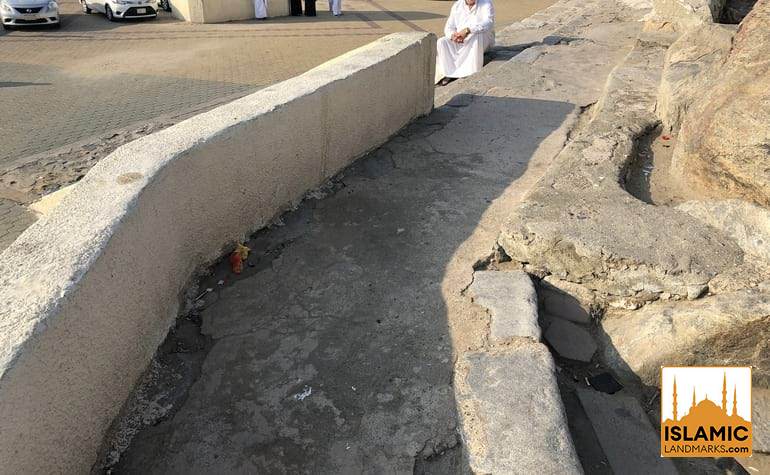

Building the Canal of Zubaidah
- Zubaidah purchased the entire Hunain Valley to make use of its water resources. The engineering was a huge feat, requiring extensive digging and building on rocky hills. The whole cost was met by Zubaida. According to the biographer Ibn Khallikan, when she was cautioned her about the expense, she replied that she was determined to carry out the work “were every stroke of a pickaxe to cost a dinar”.
- After several years of building work the canal was extended out to Mount Arafat and then to the plains of Mina and Muzdalifah. In total, it was approximately 35km long.
- The canal would go on to serve both locals and pilgrims for over one thousand years.
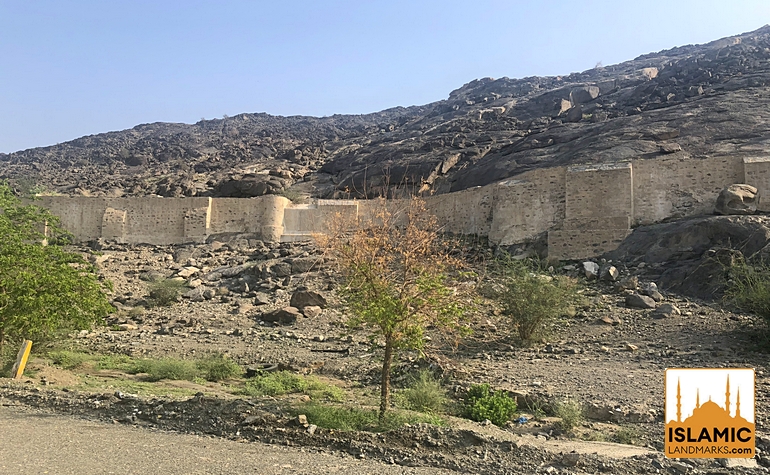

Decline of the canal
- The canal suffered gradual neglect and its function declined as a result of cracks and leaks. By 1980 the water had completely dried up.
- There are apparent proposals by the Saudi government to restore part of the canal.
References: ArabNews.com, Lifeofarabs.com

